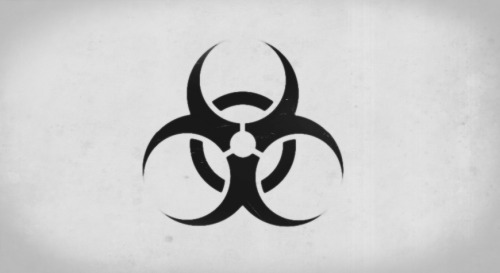Positive attitude: Conveying optimism, generosity, support, and enthusiasm in one’s expressions, gestures, words, and tone.
There is no doubt, employee attitudes affect productivity, quality, morale; collegiality, cooperation, and cohesion; employee development; and retention as well as turnover. Good employee attitudes drive positive results. Bad employee attitudes put a drag on results. That’s a fact proven by study after study, including our own.
Do today’s young workers really need a generation-wide attitude adjustment? Perhaps they’ve all been conditioned by social media to err on the side of over-sharing. Maybe so, but even if you could get inside their heads, you shouldn’t try. It is not your job to be your employees’ therapist. What you must do instead is focus on the external behavior: What they can do, for sure, is learn to keep their negative feelings ‘to themselves’ and ‘smile on the outside’ more at work.
Do not make the three most common mistakes that most managers make when dealing with “bad attitudes”:
- Treating attitude as a personal issue, an “internal” state of mind that is off limits
- Treating attitude as unchangeable (“that’s just who I am”) matter of personality
- Talking about attitude in vague terms or indirectly
As long as you think of attitude as a personal, internal matter, it is going to remain intangible and you will remain out of your depth. Feelings are on the inside. Observable behavior is on the outside. That observable behavior can be seen, heard, and felt. No matter how intrinsic the source may be, it is only the external behavior that can be and must be managed. As a leader, dealing with attitude becomes a whole lot easier if you treat it head-on, directly, as just another matter of performance management. Here’s my best advice:
- Make great attitude an explicit and regularly discussed performance requirement for everyone.
- Make it about external behaviors, which employees can modify as necessary.
- Define the behaviors of great attitude: expressions, words, tone, and gestures. Describe the behaviors. Require them. Teach them. Reward people for displaying them proudly. Hold people accountable when they don’t.
Can you fix bad attitudes?
Everybody has bad days or bad moments. In our career seminars, we do an exercise --- NOT to help a person find out whether or not he/she has a bad attitude. The purpose is to help each person figure out for him/herself: When you do have bad days or bad moments--- what kind of bad attitude behavior are you most likely to display? Armed with that information, the person should be better prepared to avoid that behavior and take corrective action more swiftly when it does happen.
So we take them through a series of questions to see what kinds of bad attitude behavior to which they are most susceptible:
Do you sometimes behave like a “
Porcupine”?
Porcupines send the message: “Get away from me!”
Do you sometimes behave like an “
Entangler”?
Entanglers want everybody else to be involved in their issues -- they want to be noticed, observed, listened to, and engaged – even if those issues are not the concern of the person in question.
Do you sometimes behave like a “
Debater”?
Debaters always have an argument to make, regardless of whether it is a good argument or not.
Do you sometimes behave like a “
Complainer”?
Complainers point out the negative symptoms of a situation without offering a solution based on the root cause.
Do you sometimes behave like a “
Blamer”?
Blamers are like complainers, pointing out negative symptoms, but blamers point the finger at a specific individual.
Do you sometimes behave like a “
Stink bomb thrower”?
Stink bomb throwers make sarcastic (or worse) remarks, curse under their breath (or aloud), or even make loud gestures such as slamming or yelling.
Of course, even if you have bad moments or bad days, most people also have plenty of good attitude too. Everybody does. In our career seminars, we do another exercise ---NOT to help a person find out whether he/she has a good attitude. The purpose is to help people figure out for themselves ---when you are at your best--- what kinds of good attitude behaviors do you most often display?
Armed with that information, the person can try to leverage that strength with more purpose and consistency. Not only that, but the person may become aware of other ‘good attitude’ behaviors he would like to add to his repertoire!
So we take them through a series of questions to see what kinds of good attitude behavior to which they are most susceptible:
When you are at your best, are you approachable, welcoming, and professional?
When you are at your best, do you communicate in a highly purposeful manner – brief, straightforward, and efficient?
When you are at your best, do you choose your arguments carefully, and make your arguments based on clear evidence, rather than assertions of opinion?
When you are at your best, are you a troubleshooter, placing the focus on what steps you can take yourself to make things better?
When you are at your best, do you go out of your way to make positive, optimistic, generous comments? Speak in positive tones? Make positive gestures and expressions?
When you can make “attitude” ---good and bad--- less vague and more about specific observable behaviors, it helps people become more aware and more purposeful about mitigating their negative behaviors and accentuating their positive behaviors. Make it explicit, talk about it, focus on it, and watch the attitudes get better.

